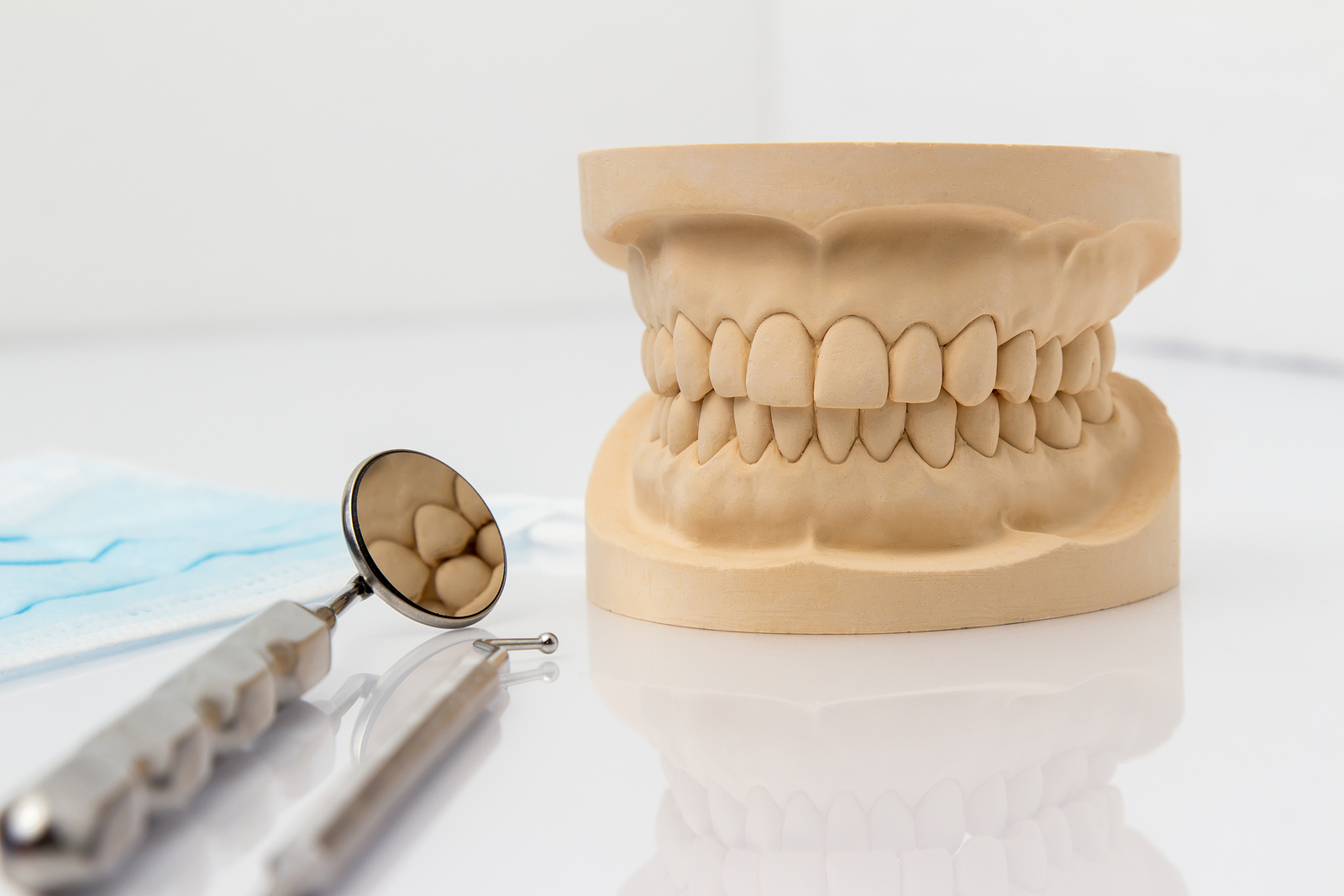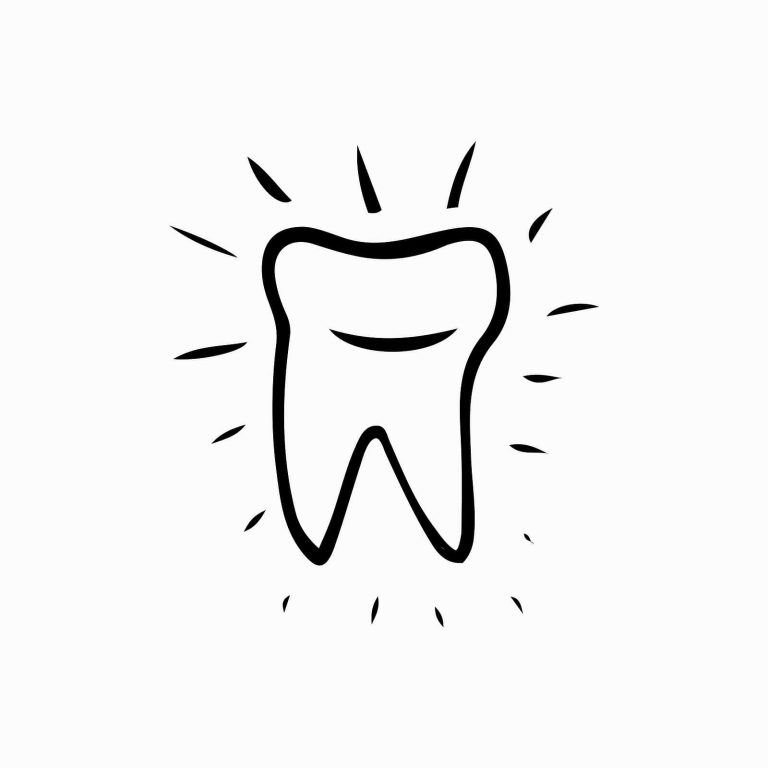Being prescribed antibiotics online to help treat dental pain is a decision that is typically taken carefully, usually to prevent the spread of infection, reduce inflammation and relieve tooth pain.
A dental abscess, a pus-filled swelling in the teeth or gums, is a clear example of this, as antibiotics are part of many different treatments either before or after emergency dental treatment.
The most commonly used of these is amoxicillin, which has proven to be effective for treating a variety of infections for decades in various doses and in combination with other treatments, but is perhaps best known for easing the symptoms of a tooth infection.
As bacteria are known to be the main cause of dental abscesses, doctors and dentists will generally prescribe antibiotics if it is considered to be the best course of treatment.
The biggest question many people with a toothache naturally have is about how long it will take for the medication to stop the effects of an infection.
Whilst it is generally fast, there are a few factors that can affect how quickly it will get rid of an abscess.
How Does Amoxicillin Work?
Amoxicillin is a type of penicillin medicine, a derivative of the mould culture that Alexander Fleming discovered which revolutionised medicine.
It was so successful at this because it was capable of killing a lot of common bacterial infections by blocking the enzymes responsible for helping the bacterial cells to develop cell walls, causing them to eventually break down and die.
What also made it such a revelation was that antibiotics could have such a potent effect without harming human cells, as they do not have a cell wall.
This is a gradual process, and is in part the reason why some people will experience pain relief immediately, whilst others may take more time to experience any effects.
How Long Does Amoxicillin Typically Take To Reduce Abscess Pain?
Following an online consultation to ensure it is the best treatment, you will typically be prescribed a short course of amoxicillin for your dental abscess, which usually consists of taking three doses of antibiotics per day over five days.
Antibiotics will start killing bacteria very quickly and will start working in about an hour. However, they are relatively slow-acting, so whilst they will start killing bacteria quickly, it may take some time for you to feel the benefits.
Typically, the swelling will start to go down and the pain will reduce somewhat after around 24 hours, and you should start feeling better after around 48 hours.
Even if you feel better quickly, make sure to take all of the tablets you are prescribed, as this will help kill off the infection completely and stop it from coming back.
However, if you do not start feeling better after the five-day course, let us or your dentist know, as it could potentially be a sign of a more serious dental issue, or that further dental work is required to fully remove the abscess such as lancing and disinfecting it.
What Factors Can Cause Antibiotics To Take Longer?
Antibiotics are remarkably effective at managing bacterial infections, but there are various factors that can affect how and when you will start to feel better.
The biggest of these is the size and severity of the infection itself. A large abscess can be treated with antibiotics, but it will take longer to do so if the infection is larger, more widespread or in an awkward, complex location.
Similarly, although this is largely irrelevant as amoxicillin is the primary course of treatment for anyone who can take it, different antibiotics will be stronger or weaker than others when it comes to treating infection.
This not only means that some courses might take longer, but it also affects how gradual the recovery process is. Some antibiotics will have a noticeable effect that gradually increases over time, whilst others will take time to build up before providing complete relief after the course is over.
Finally, some people will process and respond to antibiotics differently depending on their individual health circumstances.
Some medications react with amoxicillin, and a consultation will take into account any existing health conditions and prescribed medicines in order to ensure that the antibiotics work as intended to relieve your dental abscess.
As well as this, some underlying health conditions or immunocompromised statuses can sometimes mean that it will take longer for antibiotics to have an effect.
When Are Antibiotics Alone Not Enough To Help A Dental Abscess?
Antibiotics can help to relieve some dental infections and abscesses, but in other cases, it is part of a wider course of dental treatment, typically used to reduce the spread of infection or following dental surgery.
If the tooth itself is abscessed rather than the gums, which is where the pulp inside the tooth gets infected, the infection can spread to the bone and tissues, which requires a more involved dental procedure, such as a root canal, to fully alleviate.
As well as this, viral infection or inflammation around the infected tooth can sometimes persist after the bacterial infection has cleared up, which is why a swelling might still remain following a successful course of antibiotics.
Sometimes this requires additional dental treatment, whilst in other cases, it may take some additional time and the use of over-the-counter painkillers to provide some relief whilst the infection clears up.
Finally, a dentist may determine that the only way to fully stop the infection is through additional dental treatment to remove the infected pulp, drain the abscess and disinfect the area in order to fully treat the dental abscess.
This will depend on where and what type of bacterial infection you are dealing with, but these are typically cases where antibiotics taken by themselves will help but not completely stop dental pain.
If you do not get any relief from antibiotics or the pain worsens, consult your dentist as soon as possible, as it is likely that additional treatment will be required alongside antibiotics.






